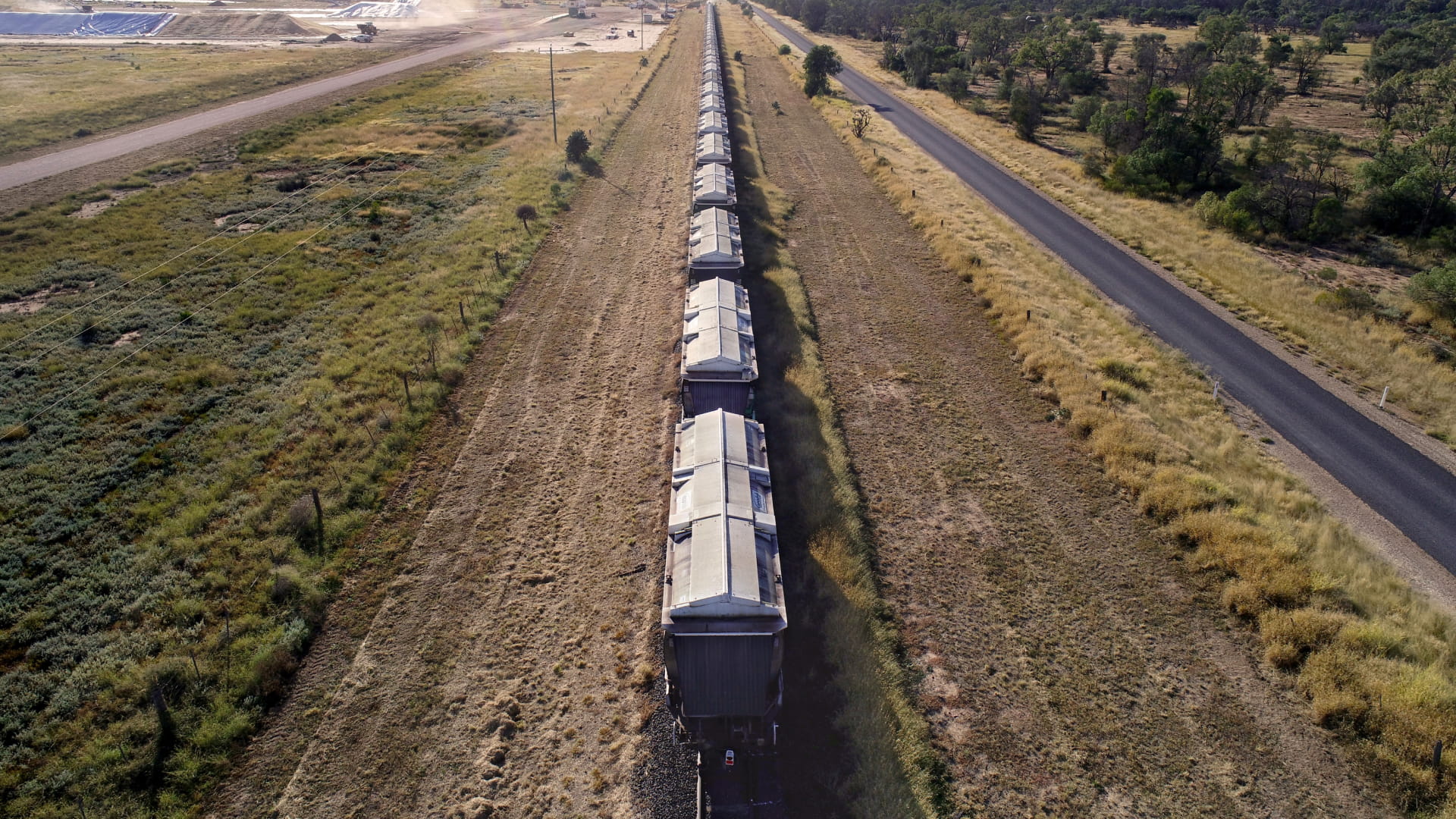


The results generated by Aurizon’s greenhouse gas (GHG) emissions calculator are intended for general informational purposes only. Aurizon cannot ensure the accuracy and comprehensiveness of a customer's resulting GHG emissions and net savings from its supply chain activities as calculated by this tool. Actual GHG emissions related to a specific rail freight service may vary due to factors including (without limitation) locomotive type, quantity, and other variables inherent to the rail network, commodity type, and route. Users are advised to interpret the calculator results with caution and to consider additional factors that may impact GHG emissions and net savings in their specific context.
The GHG emissions output from this calculator should not be relied upon for Users' own reporting purposes and Aurizon bears no responsibility for use of outputs from this calculator in Users' own reporting.
The GHG emissions factors utilised for rail and road supply chain activities are sourced from the most current version of the Australian Government Department of Environment and Energy National Greenhouse Accounts Factors and the road haulage calculations utilise the Australian Trucking Association Truck Impact Chart: Technical Advisory Procedure. These resources are publicly available for reference and may be the subject of updates from time to time, in which case the GHG emissions calculator may not accurately reflect a customer's resulting GHG emissions and net savings from its supply chain activities.
Distances for key Aurizon haulage routes are approximate, and distances for trucking and railing routes may vary even if the origin and destination are the same or similar.
In this calculator:
This GHG emissions calculator is a high-level indicator only. Please utilise our dedicated contact page to reach out to our sustainability team for further assistance.
| Routes | Distance (km) |
| Kalgoorlie to Fremantle Port (North Quay Rail Terminal (NQRT WA) | 710 km |
| Forrestfield to Fremantle Port (North Quay Rail Terminal (NQRT WA) | 42 km |
| Leonora to Fremantle Port (North Quay Rail Terminal (NQRT WA) | 974 km |
| Leonora to Kwinana (WA) | 948 km |
| Kalgoorlie to Kwinana (WA) | 683 km |
| Victoria Dock Melbourne (VIC) to Forrestfield (WA) | 3481 km |
| Mount Isa to Townsville (Northwest Rail Corridor QLD) | 978 km |
| Hermidale to Port Waratah (NSW) | 682 km |
| Glenlee (NSW) to Forrestfield (WA) | 4072 km |
| Tarcoola (SA) to Darwin (NT) | 2200 km |
| Adelaide (SA) to Darwin (NT) | 2979 km |
| Adelaide (SA) to Alice Springs (NT) | 1555 km |
| Adelaide (SA) to Perth (WA) | 2568 km |
| Adelaide to Port Augusta (Spencer Junction) (SA) | 315 km |
| Adelaide to Port Pirie (SA) | 220 km |
| Adelaide to Tailem Bend (SA) | 119 km |
| Adelaide to Wolseley (SA) | 307 km |
| Adelaide to Gladstone (SA) | 217 km |